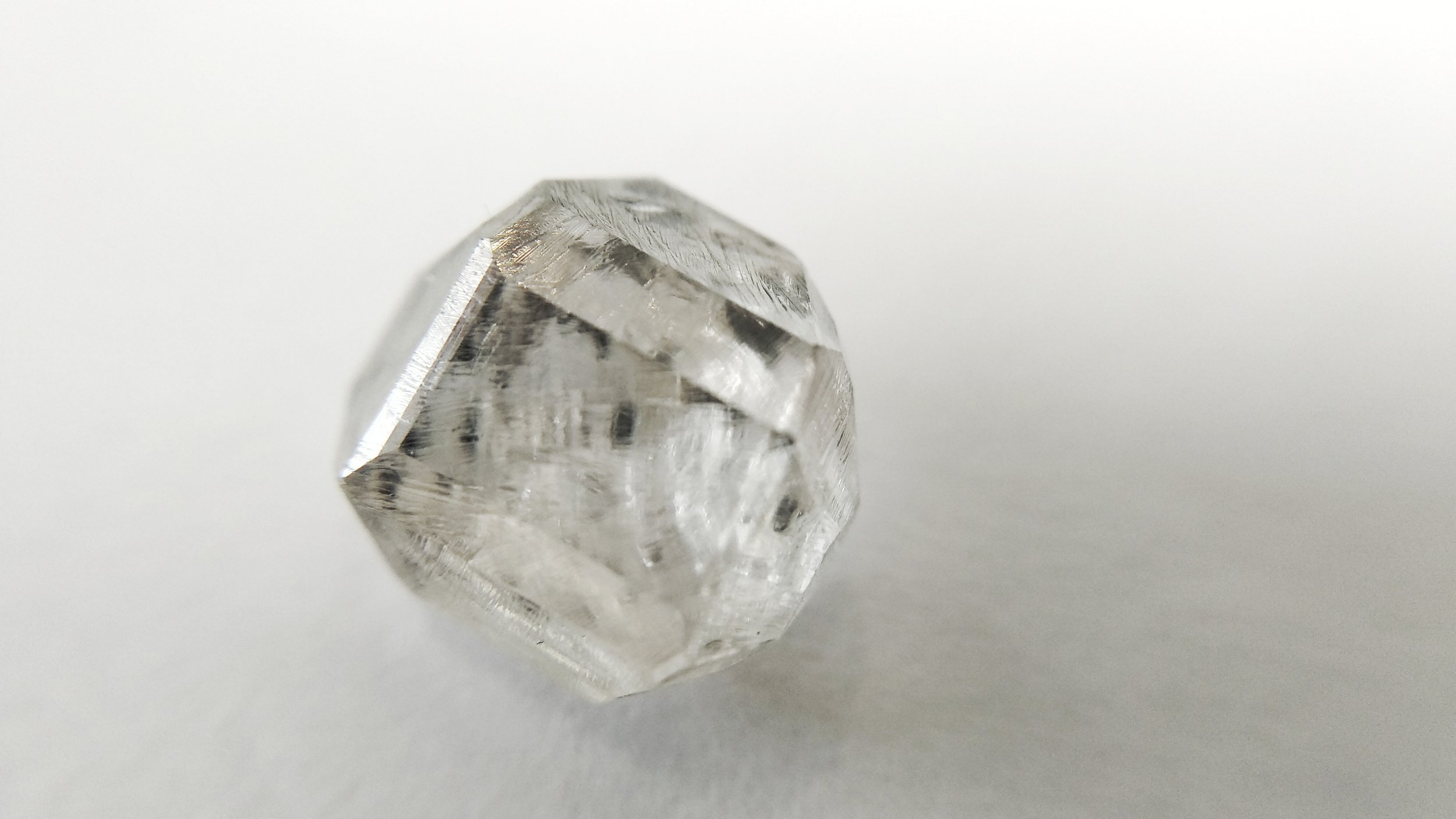What are Lab Grown Diamonds
Lab grown diamonds are just as beautiful, sparkly and durable as mined diamonds. The only difference is that they weren’t formed naturally over millions of years in the earth’s mantle; instead, lab grown stones are created by scientists using advanced technology to simulate conditions found deep within our planet.
Diamonds developed in a laboratory may also be called “created” or “man-made” diamonds. They are made in a lab, so there is no risk to humans or the environment as there would be with mining.
Natural and lab-grown diamonds are visually, chemically, and physically identical — the only difference lies in their origin. Both types undergo the same formation process: under extreme pressure and temperature, carbon atoms bond to form a crystalline lattice structure. Once fully formed, the stones are cut and polished to reveal their brilliance.
Lab-grown diamonds are available in a wide spectrum of colors and clarity grades, just like their mined counterparts. They offer a responsible and sustainable alternative, without compromising on quality or beauty.
Each lab-grown diamond undergoes the same rigorous grading and certification processes as natural diamonds, ensuring complete transparency regarding cut, clarity, color, and carat weight.
Carat
The carat weight of a lab-grown diamond is measured just like that of a mined diamond — with one carat equaling 200 mg. There’s no single “ideal” size; it depends entirely on personal preference and budget. Our selection ranges from 0.1 carats to just over 50 carats, making it suitable for everything from refined everyday pieces to extraordinary, one-of-a-kind creations.
Clarity
According to the GIA system, “clarity” refers to the absence of inclusions that block or scatter light inside the stone. The same technique is used to categorize both natural and manufactured diamonds. Diamonds are examined at 10x magnification to determine their grades based on the quantity, relief, and position of inclusions. Lab grown diamonds typically contain fewer blemishes than natural stones, so they often have higher clarity grades when compared to their earth-mined counterparts.
Color
Most diamonds are colorless, and their range of colors is graded from D to Z, D being the most rare. Our lab grown diamonds range from D to J, the vast majority falling into the D to F category.
Cut
The cut of a diamond refers to the shape given to the rough stone before it is polished. To be clear, a diamond’s cut has nothing to do with its form. The cut of a diamond refers to the degree to which it has been polished and how well its proportions have been preserved. In other words, the sharper the incision, the brighter the light will be.




